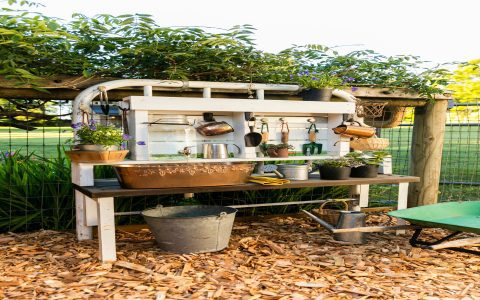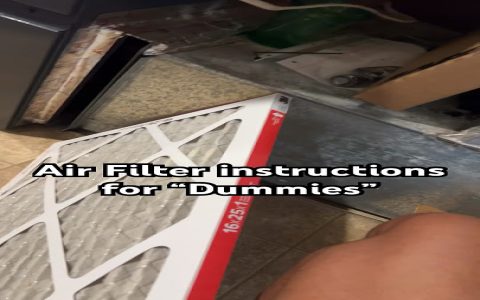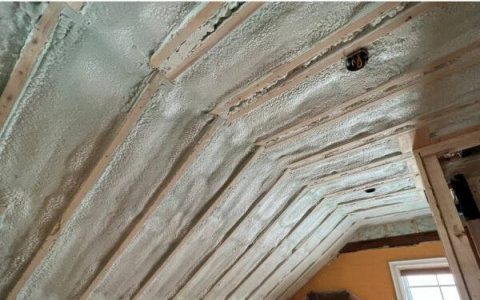Effectively cleaning your deck using natural ingredients is both eco-friendly and achievable. These methods focus on common household items to tackle dirt, grime, mold, and mildew.
Common Natural Cleaning Agents
Several readily available substances serve as excellent natural deck cleaners:
- White Vinegar: Its acidic nature helps dissolve grime and kill mold and mildew. Best diluted with water.
- Baking Soda: A mild abrasive, excellent for scrubbing away stuck-on dirt and stains. It also helps to deodorize.
- Oxygen Bleach (Sodium Percarbonate based): A non-toxic, biodegradable alternative to chlorine bleach. It effectively cleans, brightens wood, and removes organic stains like algae and mildew by releasing oxygen.
- Plant-Based Dish Soap: A mild, biodegradable dish soap can help lift grease and dirt, and acts as a surfactant to help cleaning solutions spread and penetrate. Choose one without harsh chemicals or phosphates.
DIY Natural Deck Cleaner Recipes
Always mix solutions in a plastic bucket to avoid reactions with metal. Test any solution on an inconspicuous area of your deck first.
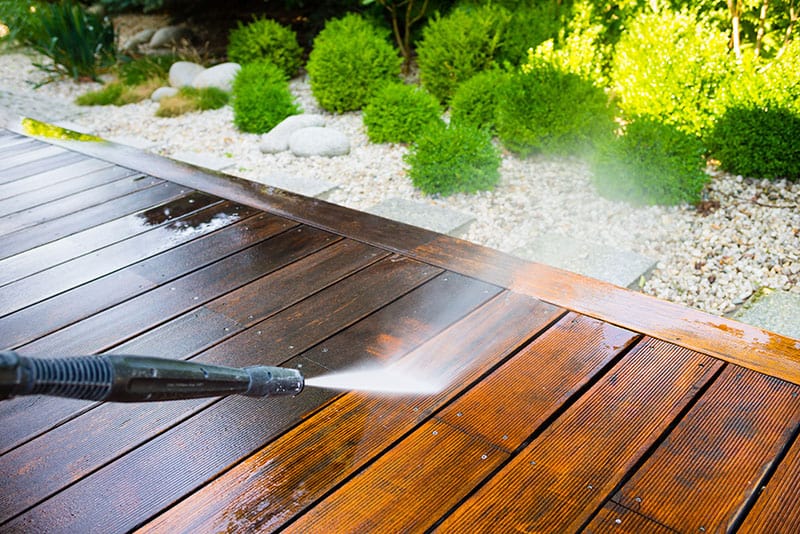
Recipe 1: Vinegar & Water Solution
Suitable for general cleaning and light mildew.
- 1 cup white vinegar
- 1 gallon warm water
- Optional: 1-2 tablespoons of plant-based dish soap
Mix ingredients thoroughly. Be cautious with vinegar on unsealed or very soft woods as repeated use of strong solutions might affect them over time.
Recipe 2: Baking Soda Scrub
For tougher spots and areas needing gentle abrasion.
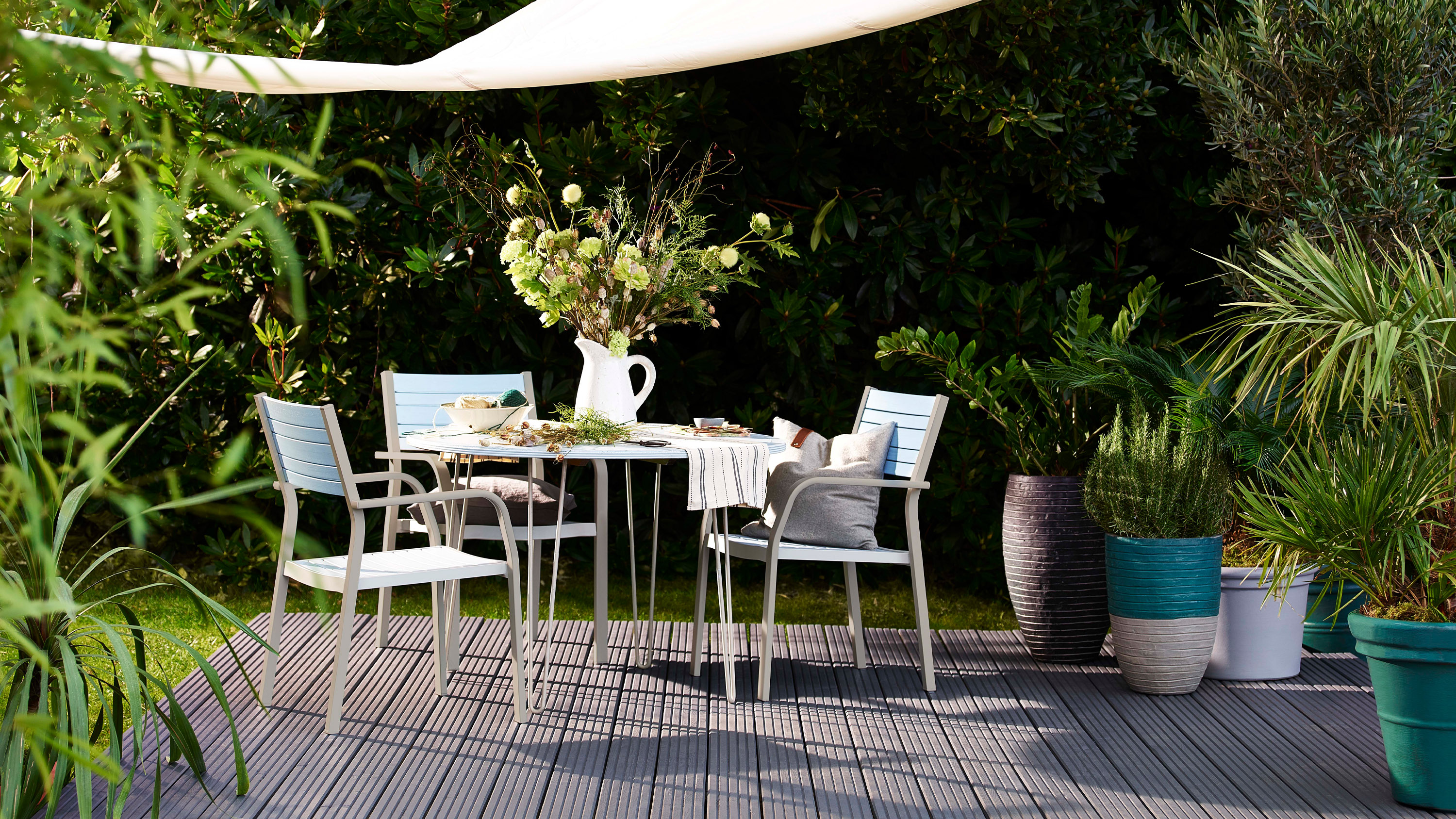
- 1 cup baking soda
- 1 gallon warm water
Stir to dissolve. For a more abrasive paste, mix baking soda with a small amount of water to desired consistency and apply directly to stains.
Recipe 3: Oxygen Bleach Cleaner
Excellent for heavy-duty cleaning, brightening, and tackling stubborn mold, mildew, or algae. Follow product-specific mixing instructions.
- Oxygen bleach powder (e.g., ½ to 1 cup, or as per manufacturer's instructions)
- 1 gallon warm water
Mix until the powder is fully dissolved. Use within a few hours for maximum effectiveness.
Application & Cleaning Process
- Preparation: Clear the deck of all furniture, plants, and debris. Sweep thoroughly.
- Protect Surroundings: Wet down or cover nearby plants and sensitive surfaces to protect them from cleaning solution runoff.
- Test: Apply your chosen cleaner to a small, hidden area. Let it sit for 15-20 minutes, then rinse. Check for any discoloration or adverse effects once dry.
- Application: Apply the cleaning solution generously using a garden sprayer, mop, or deck brush. Work in manageable sections and avoid letting the solution dry on the surface. Keep it moist if necessary by lightly misting with water.
- Dwell Time: Allow the cleaner to sit for 10-20 minutes to break down dirt and grime.
- Scrub: Use a stiff-bristled (non-metallic) deck brush, scrubbing with the grain of the wood. Apply more pressure to heavily soiled areas.
- Rinse: Thoroughly rinse the deck with clean water from a garden hose, ensuring all cleaning residue is removed. Start from the highest point and work your way down.
- Dry: Allow the deck to air dry completely, typically 24-48 hours, before replacing furniture.
Important Considerations
- Wood Type: Softwoods (pine, cedar) are more delicate than hardwoods (ipe, teak). Always use the gentlest effective method and avoid overly aggressive scrubbing.
- Deck Finish: Sealed or stained decks are generally more resilient. Unsealed wood will absorb more of the cleaning solution.
- Safety: Even with natural cleaners, wear gloves and eye protection to prevent irritation.
- Frequency: Clean your deck annually or as needed to prevent heavy buildup.
- Pressure Washing: If using a pressure washer for rinsing, use the lowest effective pressure setting and a wide fan tip to avoid damaging the wood fibers. Natural cleaners often reduce the need for high-pressure washing.

